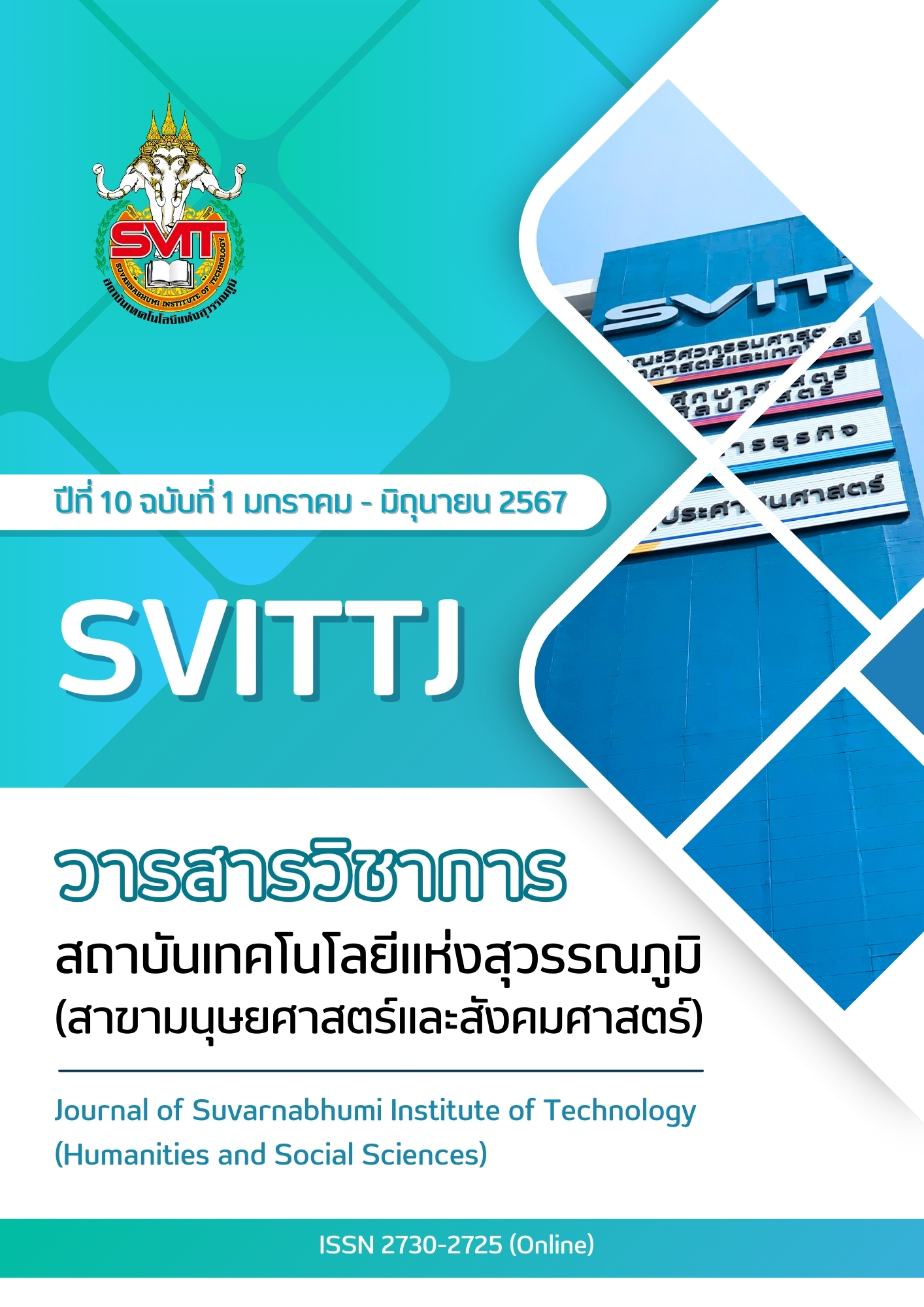REC MODEL: Development of Guidelines driving for developing educational development plan of the Eastern Province Group 2 (2023-2027)
Keywords:
Development, Guidelines driving, Educational development plan, Eastern Province Group 2, REC MODELAbstract
This research aims 1) to study the conditions and problems 2) the development and 3) Make policy recommendations of Guidelines for developing educational development plan of the Eastern Province Group 2 (2023-2027) using REC MODEL; Mixed methods research It presents both quantitative and qualitative aspects. The samples were committees total of 175 into 3 groups: 1) Executive group 2) planning practitioner group and 3) educational community group. The instruments used were two issues of five-rating scale questionnaires with the and .972 and .944 reliability.
The results of research were found that 1) the conditions and problems in driving the regional educational development strategic plan (2020-2022) using the REC MODEL overall is at a high level, consistent in the same direction, 2) Results of the development consistent with the 20-year national strategy, according to the educational strategy, there is a positive relationship with education for the development of regional education as overall were significantly different at the .01 level and 3) there should be a clearly established agency responsible for coordinating the implementation of policies at the agency level for example, providing learning in a friendly and critical manner. feedback information Integrated work Creating a professional learning community and collaborative investigation. Finally, specific training programs are needed to develop professional mentors.
References
ชัยพฤกษ์ เสรีรักษ์ และคณะ. (2564). กลยุทธ์การขับเคลื่อนแผนแม่บทภายใต้ยุทธศาสตร์ชาติ ด้านการศึกษาในระดับพื้นที่. วารสารมนุษยศาสตร์และสังคมศาสตร์มหาวิทยาลัยธนบุรี. 15(2), 33–43.
บุญชม ศรีสะอาด และคณะ. (2560). การวิจัยเบื้องต้น. (พิมพ์ครั้งที่ 10 แก้ไขเพิ่มเติม). กรุงเทพมหานคร: สุวีริยาสาส์น.
วชิระ พลพิทักษ์. (25563). ข้อเสนอเชิงนโยบายเพื่อพัฒนาการจัดการศึกษาตามแผนการศึกษาแห่งชาติ 20 ปี (พ.ศ. 2560-2579) ในจังหวัดนครพนม. วิทยานิพนธ์ปรัชญาดุษฎีบัณฑิต สาขาวิชาการบริหารการศึกษา. บัณฑิตวิทยาลัย: มหาวิทยาลัยราชภัฏสกลนคร.
สมนึก ภัททิยณี. (2565). การวัดผลการศึกษา Educational measurement. (พิมพ์ครั้งที่ 13). กาฬสินธุ์: โรงพิมพ์ประสานการพิมพ์.
สุพัฒน์ สุกมลสันต์. (2555). การเปรียบเทียบก่อนและหลังการทดสอบรวมเพื่อการวิจัย (Priori and Posteriori Comparisons for a Research Study). ภาษาปริทัศน์, 52–68.
สำนักงานคณะกรรมการพัฒนาการเศรษฐกิจและสังคมแห่งชาติ. (2564). แนวทางการจัดทำแผนระดับที่ 3 และการเสนอแผนระดับที่ 3 ในส่วนของแผนปฏิบัติการด้าน...ต่อคณะรัฐมนตรี. มีนาคม 2564.
สำนักงานเลขาธิการสภาการศึกษา. (2562 : ฏ). รายงานการสังเคราะห์ตัวชี้วัดด้านการศึกษาไทย ตามกรอบเป้าหมายการพัฒนาที่ยั่งยืน. กรุงเทพมหานคร: บริษัท พริกหวานกราฟฟิค จำกัด.
ฤทัยรัตน์ ปัญญาสิม. (2560). การบริหารงานแบบมีส่วนร่วมที่ส่งผลต่อประสิทธิผลการบริหารสถานศึกษา สังกัดสานักงานเขตพื้นที่การศึกษามัธยมศึกษา เขต 9. วิทยานิพนธ์ ค.ม. (การบริหารการศึกษา). นครปฐม : มหาวิทยาลัยราชภัฏนครปฐม.
Dominic Maina Ndegwah. (2014). Factors Affecting the Implementation of Strategic Plans in Public Secondary Schools in Nyeri County, Kenya. International Review of Management and Business Research. 3 (2), 993 – 1002, June.
Krejcie, R.V. and Morgan, D. W. (1970). Determining Sample Size for Research Activities. Educational and Psychological Measurement, 607 – 610.
Published
Issue
Section
License
Copyright (c) 2024 Suvarnabhumi Institute of Technology

This work is licensed under a Creative Commons Attribution-NonCommercial-NoDerivatives 4.0 International License.
บทความที่ได้รับการตีพิมพ์เป็นลิขสิทธิ์ของวารสารวิชาการ สถาบันเทคโนโลยีแห่งสุวรรณภูมิ
ข้อความที่ปรากฏในบทความแต่ละเรื่องในวารสารวิชาการเล่มนี้เป็นความคิดเห็นส่วนตัวของผู้เขียนแต่ละท่านไม่เกี่ยวข้องกับสถาบันเทคโนโลยีแห่งสุวรรณภูมิ และคณาจารย์ท่านอื่นๆในสถาบันฯ แต่อย่างใด ความรับผิดชอบองค์ประกอบทั้งหมดของบทความแต่ละเรื่องเป็นของผู้เขียนแต่ละท่าน หากมีความผิดพลาดใดๆ ผู้เขียนแต่ละท่านจะรับผิดชอบบทความของตนเองแต่ผู้เดียว





